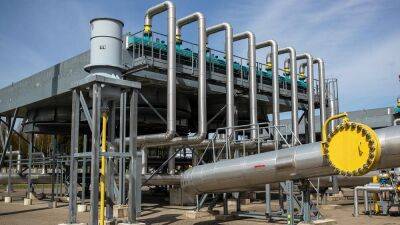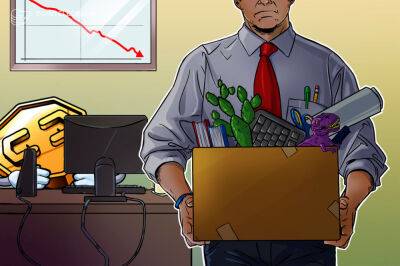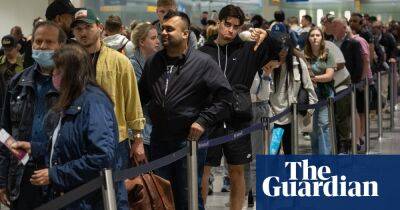Nervous breakdowns: if your car goes wrong, is your policy up to it?
For a driver of a broken-down car waiting next to a main road with children, the sight of a recovery vehicle is an enormous relief, and a sign that the journey home can begin. But that journey may not be straightforward.
For many families, the trip may involve clambering in and out of the cabs of several flatbed trucks. There may also be difficulties caused by the time of day, where you are in the country when you break down, where you live, and even how long the driver who picks you up has been on the road.
If a vehicle can’t be repaired, then drivers may be offered a lift home – but not necessarily on one truck. Families have found themselves being moved from one vehicle to another as their journey is broken into stages.
There are a number of reasons for this. One is that UK law limits the amount of time that truck drivers can spend on a public road to 10 hours a day and stipulates that a 30-minute break has to be taken after five and a half hours. If a driver is near the end of a shift or is due a break, this will limit the distance that he or she can travel.
Steve Jones of Comparison Creator, which provides details of breakdown cover to comparison sites such as Comparethemarket and Moneysupermarket, says many of the companies use networks of recovery vehicles which operate within geographical regions – such as the north-east or Wales – and only within those boundaries.
“If you move from one network to another, more often than not it will be passed over to the next network,” he says. Which means you and your car being switched to another breakdown vehicle.
The biggest players, the RAC and AA, operate their own network of breakdown vehicles, but both say that longer recovery journeys may have to be conducted in stages to
Read more on theguardian.com


















